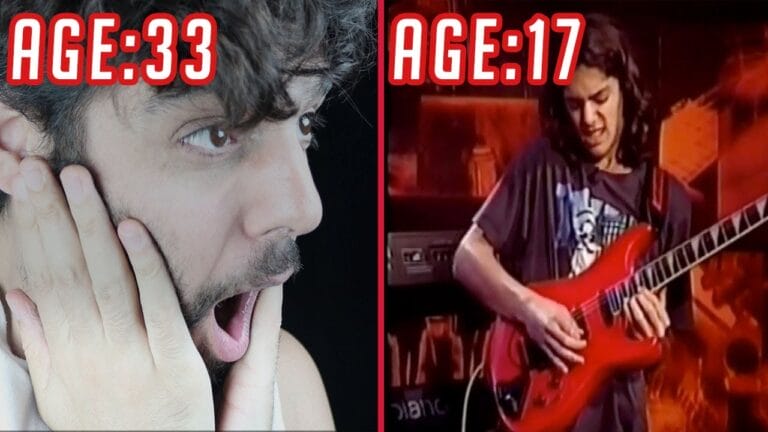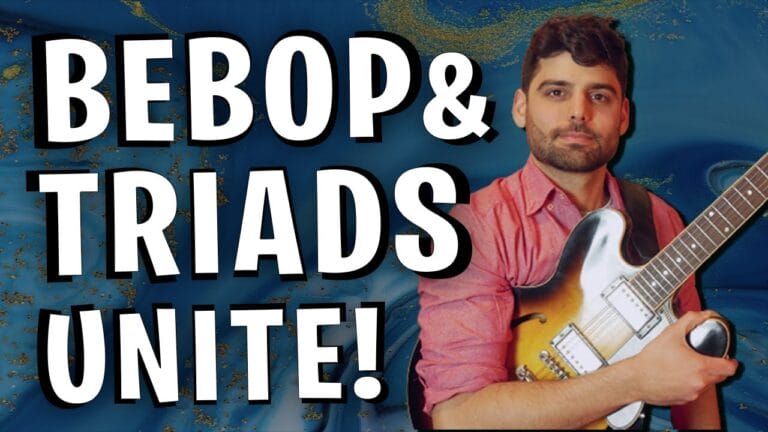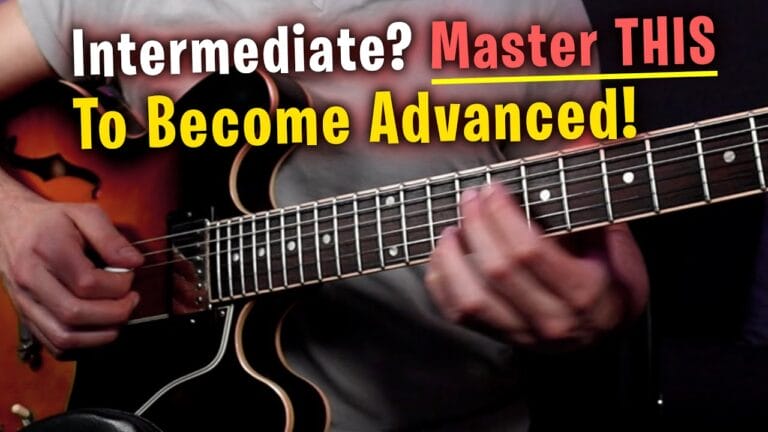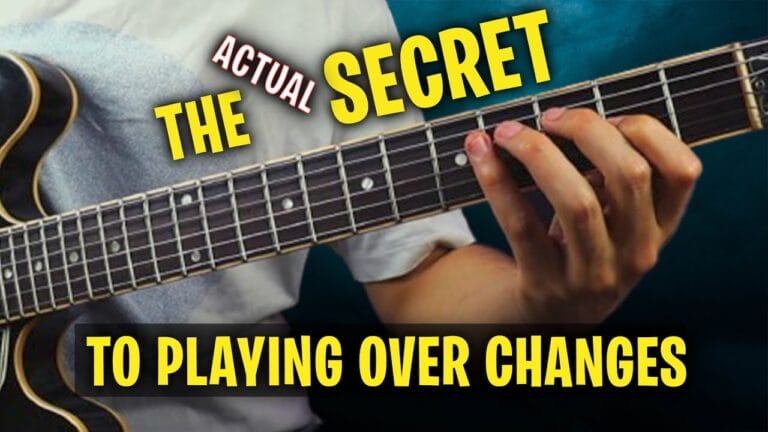10 Amazing Minor Chords Hacks That will Open Up Your Creativity!
10 Great Minor Chords Hacks That will Open Up Your Creativity!
Here is a summary of the content covered in the video:
- Improvising over minor chords
- Understanding and using triads in improvising
- Using chromatics and approach notes in improvising
- Using enclosures in improvising
- Using the melodic minor scale in improvising
- Combining all of these elements in improvising
- Understanding the relationship between harmony and melody while improvising
- Practicing and developing your ear in order to improvise effectively
- Understanding and using different inversions in improvising
Alright, minor chords. Let’s do this.
Today we’re going to talk about minor chords and to be more specific, how to improvise over minor chords. And what I’m going to do is I’m just going to record a quick loop and demonstrate some techniques that you can start using in your improvisations. Hopefully these will give you some cool ideas.
So the first thing I’m going to do is I’m going to create this C minor 6 vamp.
Voicing will be: Root(C), 6(A), b3(Eb), 5(G)
So first of all, you got to know your triad, right?
C minor and its inversion on the entire fretboard
The first thing is that I’m just going to improvise using only Cm triad notes (C,Eb,G)
I’m going to start connecting the sets, I can see different inversions inside one position and that is by connecting the different sets which you can check out inside the Galactic Modern Guitar Series.
Since I’m adding rhythm, it’s starting to sound like music.
Now adding approach notes. I’m kind of aiming back and forth from my third back to my 4th degree (F) yet, it’s still around the triad. I’m using some notes to kind of create cool sounds around my triad.
Also adding chromatics,these kinds of approaches around the chord tones.
Now the next thing we’re going to do is we’re going to do the same kind of stuff to the other inversions.
I’m starting to utilize “Enclosures” kind of like a cage surrounding my target note.
Triad Pairs
I’m going to introduce another triad that’s going to give me another sound.
And that is the diminished, the 7th diminished degree, In this case B diminished
You see, this is kind of creating this tension over the one chord vamp.
Now I’m gonna start inverting these
Now let’s add all those passing tones and chromatics to combine all of those together.
You see how you’re starting to get some cool sounds.
Melodic Minor
And now it’s a good time to introduce the element of the melodic minor harmony.
Cm Dm Eb+ F G Adim Bdim
So now it’s time to kind of connect these over different sets, different inversions, and combine everything we talked about.
And of course, the ideas are endless.
Now, in order to be able to improvise over chord changes, one chord vamps and understand what you’re doing, you need to be able to start seeing all of these elements like scales, the different triads, and always know where you are, So you play the guitar instead of the guitar playing you, meaning that harmony and melody needs to be understood on the instrument. And it doesn’t really matter what style you play, it can be blues, jazz, neo soul, hiphop. You still need to have very strong fundamentals.
And the best way to approach having those strong fundamentals is going through a very specific system that can guide you and can give you resources to really have those. Something that can help you connect all the bits and pieces. Definitely something I wish I had when I was getting into these stuff. That’s why I invite you to check out my Galactic Morning Guitar series. Where I show you all the different steps all together in 15 modules.
Showing you the triads. The voice leading the arpeggios. The different chromatic approaches. How to connect everything. To start creating phrases.
How to get into seven chords. You know. All the different approaches to jazz. Voicings. All these are packed in 15 modules.
Over 96 videos. So go check that out. The link is in the description below. And let me show you exactly how you can start mapping out the entire Fretboard to not only solidify your fretboard knowledge, but also to start unleashing your creativity. And that’s it for today.
Now it’s your turn.. what do you think? any question? Love to read yo comments.




















